Need help with Zinnia seeds
northerner_on
13 years ago
Featured Answer
Sort by:Oldest
Comments (12)
docmom_gw
13 years agorealtorrose
13 years agoRelated Professionals
Clermont Landscape Contractors · Cliffside Park Landscape Contractors · Galt Landscape Contractors · North Potomac Landscape Contractors · Peoria Landscape Contractors · Ponte Vedra Beach Landscape Contractors · Richmond Landscape Contractors · Tustin Landscape Contractors · View Park-Windsor Hills Landscape Contractors · Wanaque Landscape Contractors · Westchester Landscape Contractors · Maple Heights Landscape Contractors · Edison Roofing & Gutters · Sand Springs Roofing & Gutters · Port Neches Roofing & Gutterszen_man
13 years agonortherner_on
13 years agozen_man
13 years agoremy_gw
13 years agonortherner_on
13 years agozen_man
13 years agoguiziicrockett_yahoo_com
12 years agoguiziicrockett_yahoo_com
12 years agostormy_weather
12 years ago
Related Stories
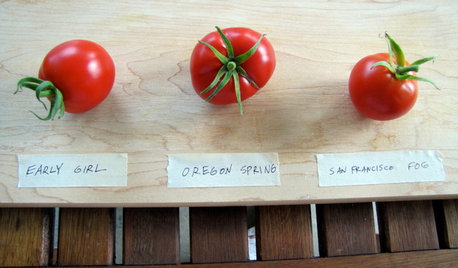
FARM YOUR YARDHow to Navigate a Seed Catalog
Seed catalogs can help you discover what to grow in a garden — once you learn how to decipher them
Full Story
LIFEYou Said It: ‘Put It Back’ If It Won’t Help Your House, and More Wisdom
Highlights from the week include stopping clutter from getting past the door, fall planting ideas and a grandfather’s gift of love
Full Story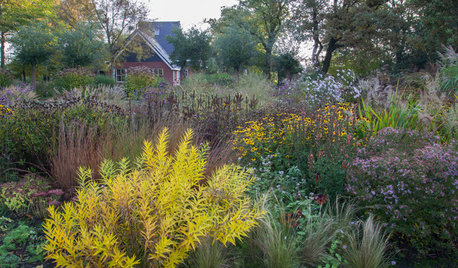
NATIVE PLANTSHow to Grow a Garden From Seed
Planting grasses and flowers from seed is economical, minimizes garden maintenance and benefits local wildlife
Full Story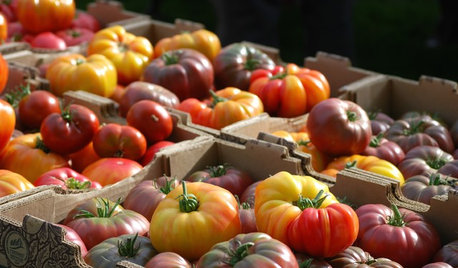
GARDENING GUIDESHow the Little Act of Saving Seeds Can Make a Big Difference
This year, grow an heirloom variety in your garden, save the seeds and play a small part in preserving plant diversity
Full Story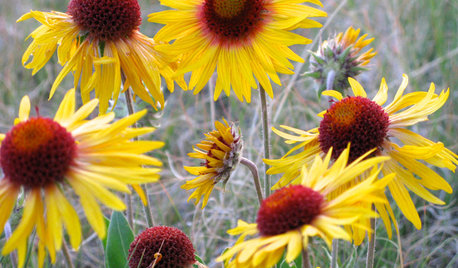
FLOWERS15 Yellow Flowers That Will Help Your Garden Glow
Your garden will look sunnier this spring and summer with one of these yellow-blossoming plants
Full Story
CONTAINER GARDENS8 Easy Container Plants to Grow From Seed
Get beautiful blooms and herbs in summer by starting these choice garden picks from seed in spring
Full Story
FLOWERS AND PLANTSHelp Monarchs and Other Butterflies by Planting Common Milkweed
Summer-blooming Asclepias syriaca is an important larval host plant for the monarch butterfly and attracts a number of pollinating insects
Full Story
EARTH DAYHow to Help Your Town’s Beneficial Birds and Bugs
Make a habitat using local materials to provide a home to the creatures that help our gardens
Full Story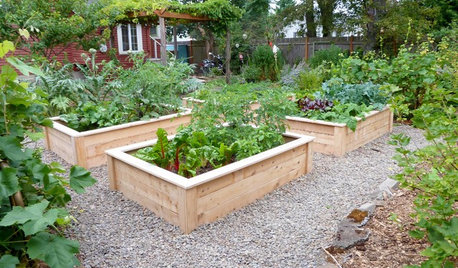
GARDENING GUIDES12 Tips to Help You Start an Edible Garden
Get on your way to growing your own vegetables with a raised bed or a few containers on the patio
Full Story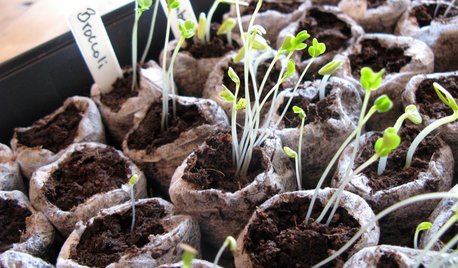
WINTER GARDENINGYour Essential Seed-Starting Glossary
Before starting plants from seed indoors, learn these common horticulture terms
Full StoryMore Discussions






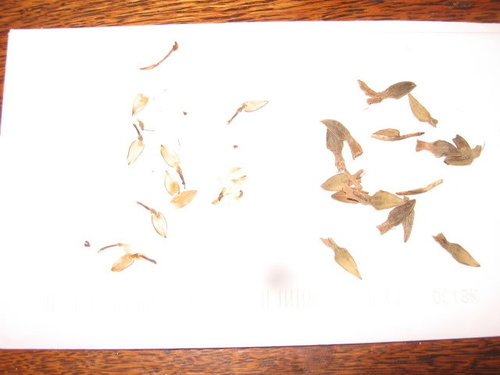
remy_gw